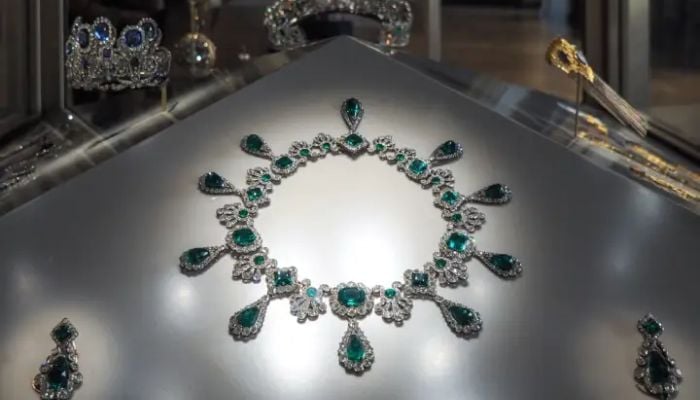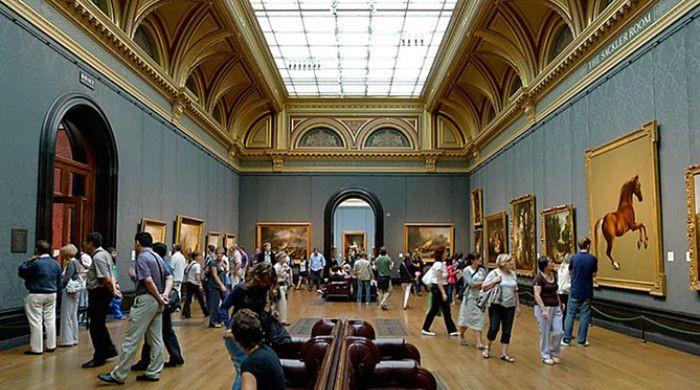Following the daring jewelry heist at the Louvre, experts have issued a stark warning that the UK’s museums are likely in the crosshairs of organized crime gangs.
Speaking in an interview with News from the skyChristopher Marinello, a renowned expert in recovering stolen art, said: “If they managed to rob the Louvre, they can steal everything. Do you know how many museums there are in the UK?”
According to Marinello, there are sophisticated “gangs” operating across Europe and nothing is being done to stop them.

He says it was only a matter of time before they could take on an important British institution.
The warning shifts the focus from the single incident in Paris to a broader systemic threat to Europe’s cultural heritage.
The main threat, as Marinello describes it, is that precious materials are targeted by thieves not as a piece of history, but as raw material.
He described how gold is stolen just to melt it and the value of diamonds depends on how easily they are sold and criminals do not care about the integrity of works of art and cultural heritage.
In doing so, priceless artifacts are destroyed forever.
The expert made a direct call to action to museum managements and urged them to take the threat seriously.
He supported the installation of more sophisticated protection systems and especially the construction of a safe to display jewelry in cultural institutions.
“Otherwise,” he warns, “they will be taken away, melted down and used. »
The Louvre burglary took place on October 19, where thieves forced open windows and stole priceless crown jewels in just eight minutes.
Although Empress Eugénie’s crown was found nearby, the essentials are still missing.

At the museum, tools such as grinders and gas burners were discovered near the scene, highlighting that thieves did not hesitate to use destructive methods to steal valuable items.
The warning comes as French authorities, according to Reutersis developing a national review of security at cultural sites, a move that UK institutions may now be forced to emulate.




